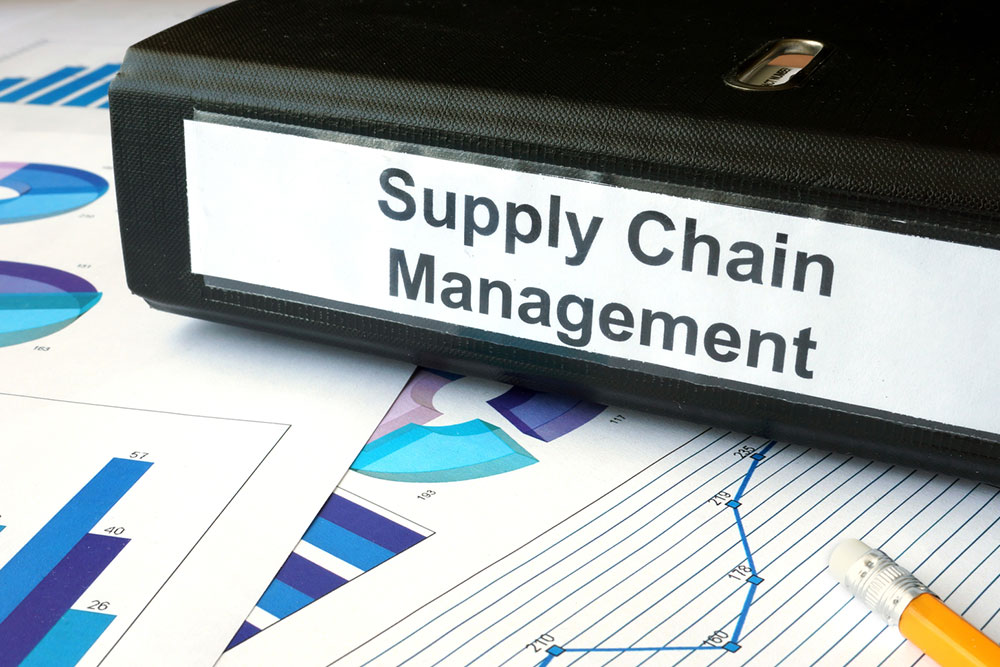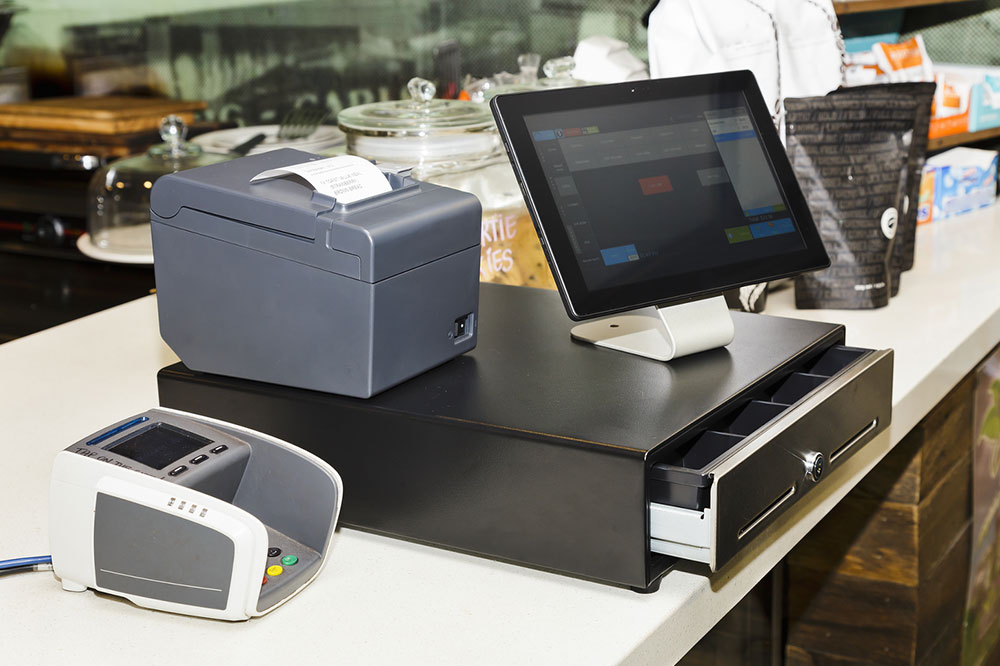Comprehensive Guide to Supply Chain Optimization Software: Choosing the Right Solutions and Key Tips
This comprehensive guide explores critical aspects of supply chain optimization software, including various types and essential buying tips. It emphasizes the importance of selecting scalable, integrated, and user-friendly solutions to enhance operational efficiency. The article discusses key categories such as inventory, warehouse, transportation, and demand planning software, providing insights to help businesses make informed decisions. Investing in the right supply chain management tools can significantly improve workflow, reduce costs, and boost overall performance, enabling companies to stay competitive in a fast-changing marketplace.

Comprehensive Guide to Supply Chain Optimization Software: Choosing the Right Solutions and Key Tips
In today's rapidly evolving business landscape, the importance of efficient supply chain management cannot be overstated. Whether it's e-commerce platforms managing last-mile deliveries, retail businesses handling extensive inventory, or manufacturing firms coordinating complex procurement processes, supply chain optimization plays a pivotal role in ensuring operational excellence. Companies are increasingly turning to advanced supply chain management software to streamline processes, improve efficiency, reduce costs, and stay competitive in a global marketplace.
Understanding the Fundamentals of Supply Chain Software
Managing a supply chain involves multiple interconnected activities, including procurement of raw materials, production planning, inventory control, warehousing, transportation, and final product distribution. Effective oversight of these components requires sophisticated tools capable of integrating diverse operations, tracking inventory levels in real-time, and enabling proactive decision-making. Supply chain software solutions serve as the backbone for these functions, providing organizations with the necessary digital infrastructure to coordinate complex activities seamlessly.
Supply chain managers leverage specialized software to harmonize interactions with vendors, unify disparate systems, and boost overall operational efficiency. Larger corporations, in particular, depend heavily on these tools to manage multifaceted processes efficiently. These software solutions may be dedicated platforms or integrated systems designed to cater to specific industry needs. For instance, manufacturers may focus on demand forecasting and production scheduling, while logistics providers prioritize transit management and delivery routes. The right software acts as a catalyst for optimizing supply chain performance, reducing costs, and enhancing agility in responding to market fluctuations.
Key categories of supply chain management software include:
Inventory Management Software
These programs enable organizations to monitor stock levels in real-time, automate restocking procedures, and anticipate future demand patterns. Leading examples such as SAP, Sage, Cin7, Fishbowl, and Salesforce assist businesses in preventing stockouts, avoiding overstocking, and ensuring smooth inventory flow. Implementing effective inventory management tools reduces waste, improves cash flow, and enhances overall supply chain responsiveness.
Warehouse Management Software
This category focuses on optimizing storage operations by providing detailed tracking of item locations, streamlining picking and packing processes, and simplifying return handling. Notable solutions include Oracle NetSuite, ShipHero, and SAP WMS. They improve warehouse efficiency, reduce manual errors, and enhance labor productivity, resulting in faster order fulfillment and better customer satisfaction.
Transportation Management Software
Critical for logistics operations, TMS platforms such as Blue Yonder, Descartes TMS, and Alvys facilitate the selection of optimal carriers based on cost, reliability, transit times, and service levels. These tools enable route optimization, freight cost reduction, and real-time shipment tracking, ensuring timely deliveries and efficient logistics management.
Supplier Relationship Management Software
Managing relationships with suppliers is simplified through systems like QAD, Ivalua, and AdaptOne. These tools centralize supplier data, streamline procurement processes, manage purchase orders, and facilitate performance evaluation, fostering stronger vendor partnerships and more reliable supply chains.
Demand Planning Software
These solutions analyze historical sales data and market trends to develop accurate demand forecasts. Platforms such as Avercast, o9 Solutions, and IBM Planning Analytics help businesses anticipate customer needs, align production schedules, and optimize inventory levels, leading to improved service levels and reduced excess inventory.
Enterprise Resource Planning (ERP) Software
ERP systems like SAP integrate multiple operational functions, including inventory, sales, finance, and human resources, into a unified platform. This integration facilitates seamless data flow, enhances decision-making, and supports holistic management of business processes, driving overall efficiency and productivity.
How to Choose the Ideal Supply Chain Software
Selecting the most suitable supply chain management solution involves careful assessment of various factors. Here are essential criteria to consider:
Scalability - The software should be capable of supporting your company's growth, accommodating increased data volume, user numbers, and process complexity without performance degradation.
Integration Capabilities - Seamless compatibility with existing enterprise systems, hardware, and software is crucial to ensure smooth data exchange and minimize implementation hassles.
Functional Suitability - The solution must fulfill current operational needs while offering flexibility for future expansion or customization as your business evolves.
User Experience - An intuitive, user-friendly interface promotes quick adoption, reduces training time, and encourages consistent use across departments.
Cost and Total Cost of Ownership - Consider upfront licensing fees, subscription costs, maintenance, training expenses, and potential hidden charges to evaluate overall affordability.
Customer Feedback and Support - Reviewing user testimonials and vendor support quality provides insights into software reliability, responsiveness, and the vendor's commitment to customer success.
Investing in the right supply chain management software can transform your operations, streamline workflows, and deliver a significant competitive advantage. Carefully assess your business requirements, consider future growth, and choose a solution that aligns with your strategic goals. With the proper tools in place, organizations can enhance visibility, agility, and resilience in their supply chains, ultimately leading to improved customer satisfaction and increased profitability.





